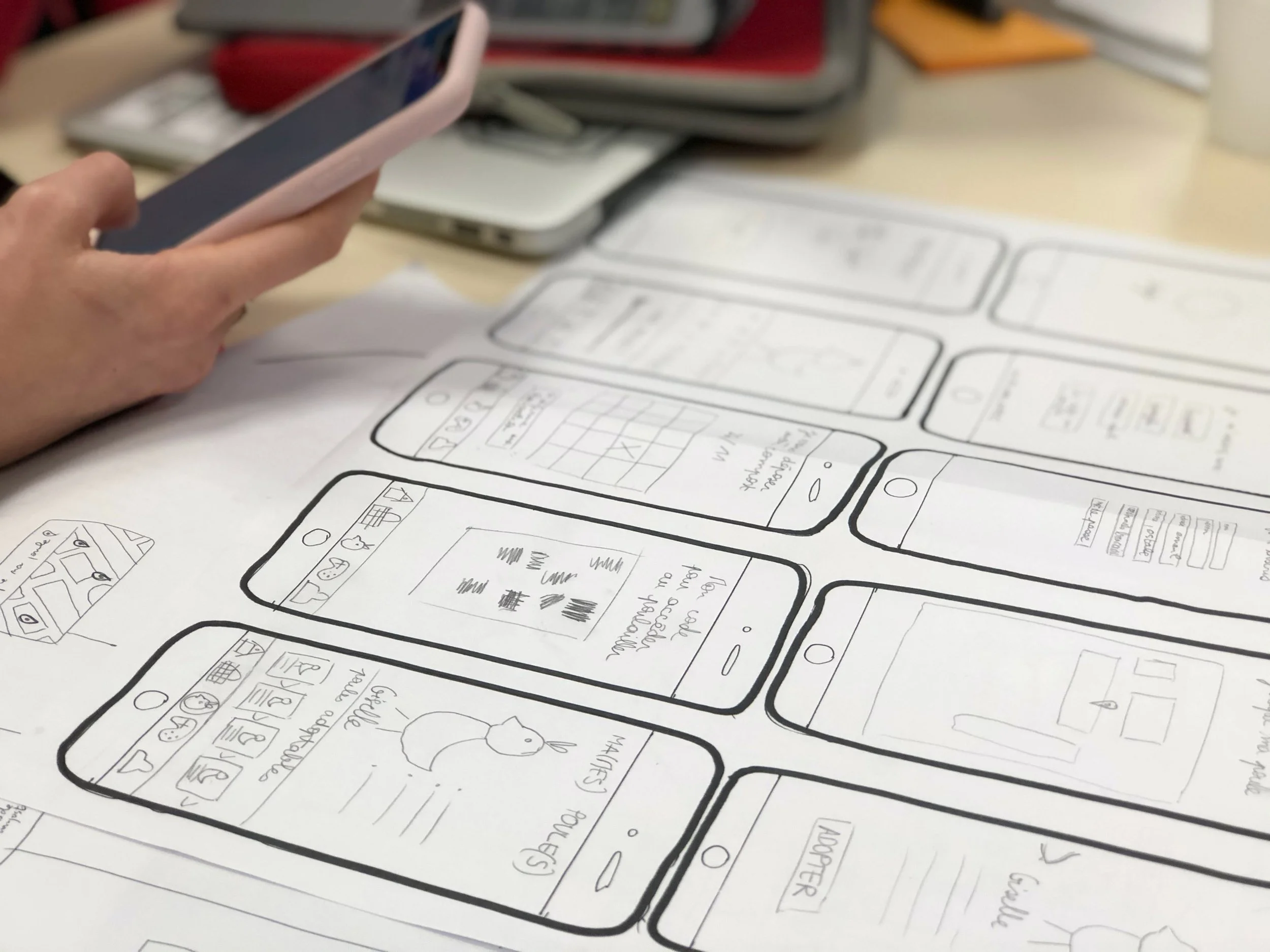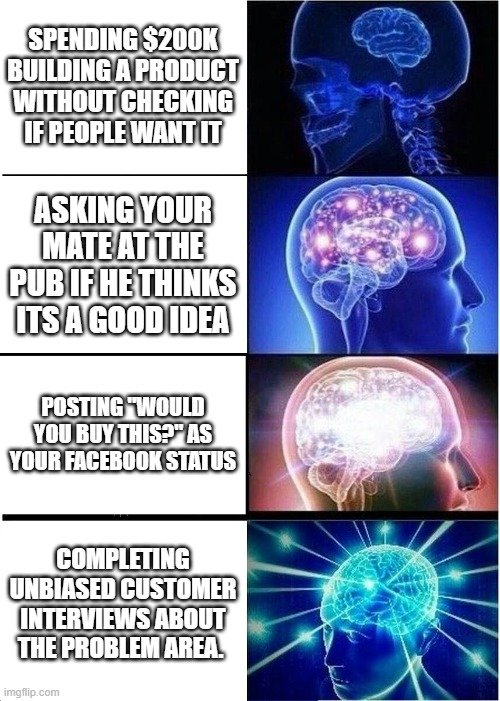A little over 80% of New Zealand businesses make it through the first year. Extend that by five years and less than 40% will be left.
Why?
Source: CB Insights
Research suggests that about 35% of startups fail due to lack of market need. With a large portion of other failures attributed to things such as “failure to raise capital”, “poor product”, “bad pivots” and “mistimed products” - all which, it could be argued, could in part be solved by understanding and fulfilling a market need.
This second set of statistics isn’t from New Zealand, but there may be some clues we can gleam about the importance of understanding our market before we set off to launch a product or service. After all, there are 3.48 million apps on the Google Play Store, but only a small percentage hold the lions share of downloads.
Today we will highlight two methods and two tools for researching your market need.
Two Methods
Every founder has to start with the belief that their idea is a good idea. If that wasn’t the founder’s assumption, they would never start. However, not testing that assumption is a recipe for taking on unknown risk.
Many startups choose to follow lean startup methodology when researching their market and developing their product or service. This was created by Eric Reis, author of The Lean Startup and turned into an actionable framework by dozens of courses, programmes, incubators, books and accelerators around the world.*
We base some aspects of our programmes on lean startup methodology. Here are two methods for validating your market need that Dunedin startups have succeeded with in the past.
*Looking for a book recommendation? Running Lean by Ash Maurya is an excellent actionable framework.
Customer Interviewing
Any proponent of lean startup methodology will (correctly) insist that you complete customer interviews as part of your process for validating your customers problem and need.
Good descriptions of customer interviewing will highlight that these interviews are not initially about your solution. Running Lean for example, distinguishes between problem interviews and solution interviews, suggesting that you complete at least ten of the former before mentioning your solution to a customer.
Most founders rush, fluff or fumble their initial attempts at customer interviewing.
Here are four tips for having the best chance at getting it right the first time.
Follow a good customer interviewing guide.
We suggest this one from Customer Dev Labs.Be ready to learn.
Customer interviewing is a learning process in two ways. Firstly, of course, you learn about your customer and their problems. Secondly, you’re learning the skill of customer interviewing. Be prepared for the first ten interviews you complete to be worse than the next ten.Get beyond friends and family.
If you have watched American Idol or Britain’s Got Talent, then you’ve seen a bad audition. How does a bad singer end up on stage? Somewhere along the way, someone close to them has encouraged them to do it and believed in them. An innocent at worst and important at best, action from a friend or family member, but devastating for the individual if it’s their only source of validation for their singing ability.It’s crucial when customer interviewing that a founder talks to people beyond their immediate circle.
Be clear in your goal
The goal of customer interviewing is to find out the truth, even if it isn’t necessarily what you’re hoping to hear. Be open to what your potential customer brings forward and don’t dismiss evidence that suggests they might not want what you had in mind. Figuring that out without spending the money to build your product or service is a good thing.
Fake Door Tests
First-time founders will often just ask people when trying to workout if someone would purchase their product or service. Unfortunately, even strangers will often choose to save face, rather than tell you that they wouldn’t buy your product.
Fake Door Tests are a much better way to measure your customers intent to purchase. Essentially, you create a landing page or website for your idea which appears as if it’s ready, but when a customer clicks the “Buy Now” or “Sign Up” button, it takes them to a page which explains you’re not ready yet and invites them to leave their email address.
Credit: RST Software Masters
Measuring the number of button clicks on buy now or the number of email sign ups is an excellent way to gauge real intent to purchase, rather than someone just saying they would buy it.
Dropbox for example released the following video before they wrote a single line of code. When they received over 70,000 email sign-ups overnight, they decided that was good enough evidence to justify the time and financial investment required to build their product.
Two Tools
Customer Interview Script Generator
One of the most common areas for error when a founder first attempts customer interviewing is getting the interview questions wrong.
This Customer Interview Script Generator is a good place to start when formulating your initial set of questions.
Test Cards
It’s easy to get lost, blindly interviewing customers without a real intention behind what you want to find out. Using test cards can help you specifically identify the assumptions that you want to test and identify how you are going to test them.
Here’s an example of test cards and a great explanation on how to use them.
Getting started on validating your idea? Want bespoke support in working out your first steps? Book in for a free startup check-in with us today.




